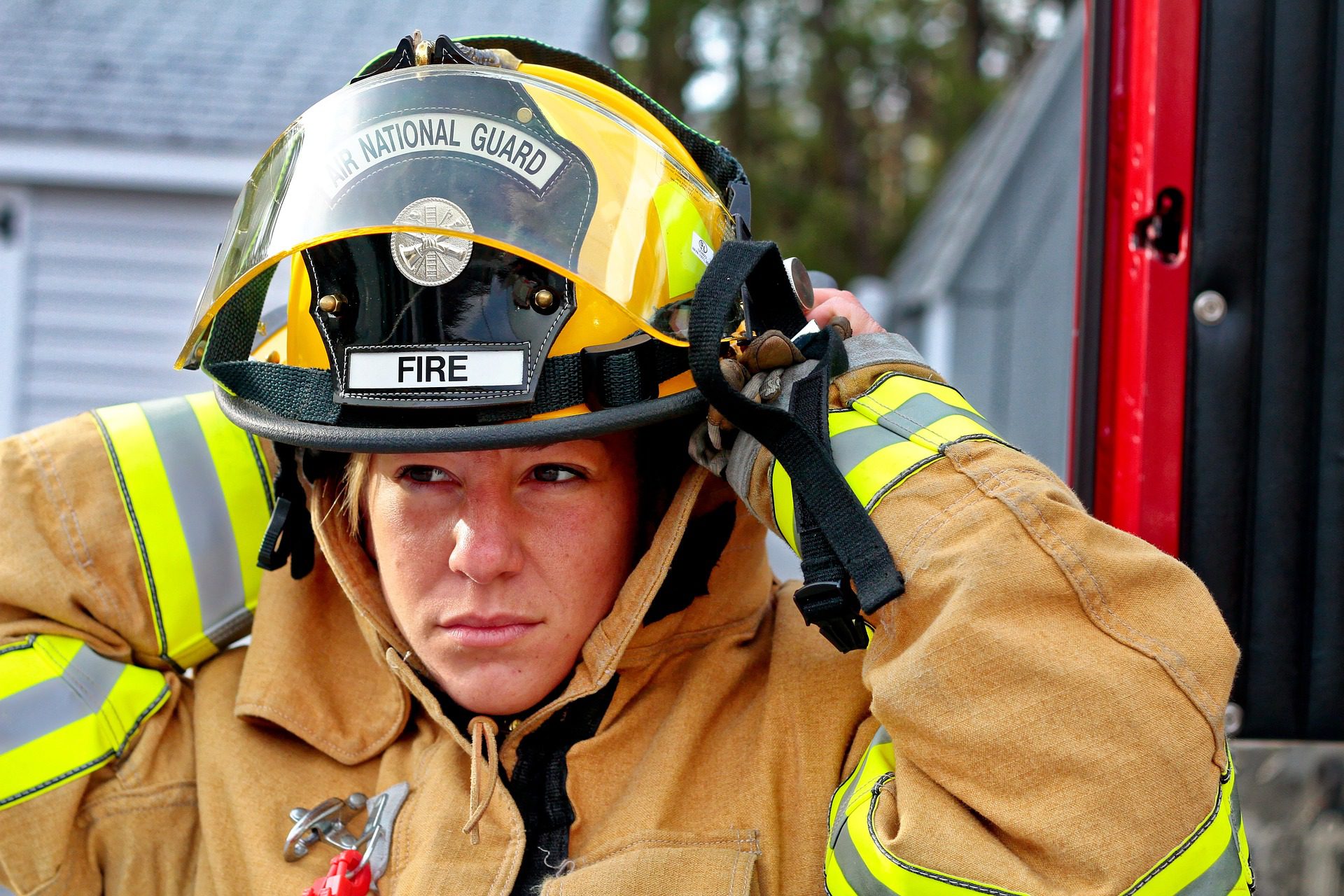
Human Trafficking Awareness for Disaster Responders
The California Governor’s Office of Emergency Services (CalOES) requested assistance in the form of research to develop a course on human trafficking for disaster responders. This course, at a minimum, should provide basic knowledge on human trafficking basics and the different environments a disaster responder may encounter human trafficking during and post-disaster events. Based on the research, it is recommended that emergency managers and local jurisdictions incorporate or modify current policies and procedures.
Jurisdictions need to provide disaster responders the procedure to accurately report when encountering exploited victim(s) and or locations of possible human trafficking activities. An important focus should be on policy and procedures on the need to provide for post-care and safety of exploited victims of human trafficking found during a disaster.
Currently, there is little research regarding how natural disasters can create a unique environment in which human trafficking may proliferate. This is particularly relevant to California since it is one of the most populated and disaster-prone states that suffer from frequent forest fires, landslides, flooding, tsunamis, and earthquakes. When these disasters occur, it causes disruption and chaos to those affected. As a result of disastrous conditions, the public is unexpectedly forced into economic survival strategies that can make them susceptible to human trafficking.
Human Trafficking is an evolving threat that remains unbounded by cultural and geographical limitations. The human trafficking black market works like any other commercial business principle; if there is demand, human traffickers will provide the supply. Environmental factors, such as man-made and natural disasters, can create an environment whereby human traffickers may exploit the chaos and vulnerability of disaster victims. This is particularly
prominent during a disaster throughout the United States and especially in the state of California. The methodology included multiple approaches to data. Using multiple data collection methods provided a broader range of material to help fill the supplemental gaps since there is limited research about HT in disaster areas. The research included a qualitative analysis of publications, and court cases that pertain to human trafficking. This also included interviews with human trafficking Subject Matter Experts (SMEs). Quantitative methods included and Online survey(s) that was distributed to develop a baseline of disaster worker awareness and to validate the need for a course on human trafficking that would target disaster workers and healthcare providers. The surveys were sent out to government agencies who are responsible for emergency and disaster management at the local, state, and federal levels. This includes all types of disaster response personnel comprising law enforcement, fire departments, emergency medical teams (EMT), and health care providers who deploy as part of an emergency task force response team.
In spite of the usefulness of the data, there were some limitations in terms of data collection. The SME interviews brought vast amounts of perspective and information. However, relatively few responses were received from the online survey. Only 140 respondents completed the Survey I, Human Trafficking Awareness for Disaster Responder and no respondents completed Survey II, for Human Trafficking Task Forces and working groups.
There is a critical need to combat human trafficking in all types of environments. The research will provide enough data for the CalOES to establish and implement this critical course for Human Trafficking Awareness for Disaster Responders.
Problem Statement
Human trafficking (HT) is frequently described as a modern form of slavery (Vanek, 2019). Victims are exploited for labor or sexually for commercial gain. The HT market works like any other economic business principle: As long as there is demand, human traffickers will provide the supply. Environmental factors, such as man-made and natural disasters, can create an environment whereby human traffickers may exploit the chaos and vulnerability of disaster victims to profit from the recovery efforts. This is particularly prominent during a disaster throughout the United States and especially in the state of California. The goal of the research is to learn more about the indicators of HT to aid in the development of a course on HT that is aimed at disaster responders.
Read or download full report here.
